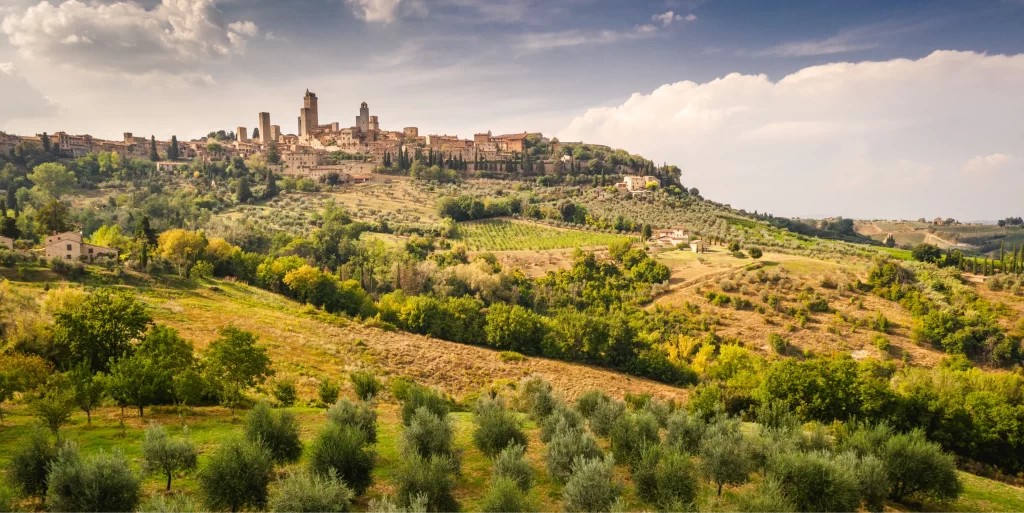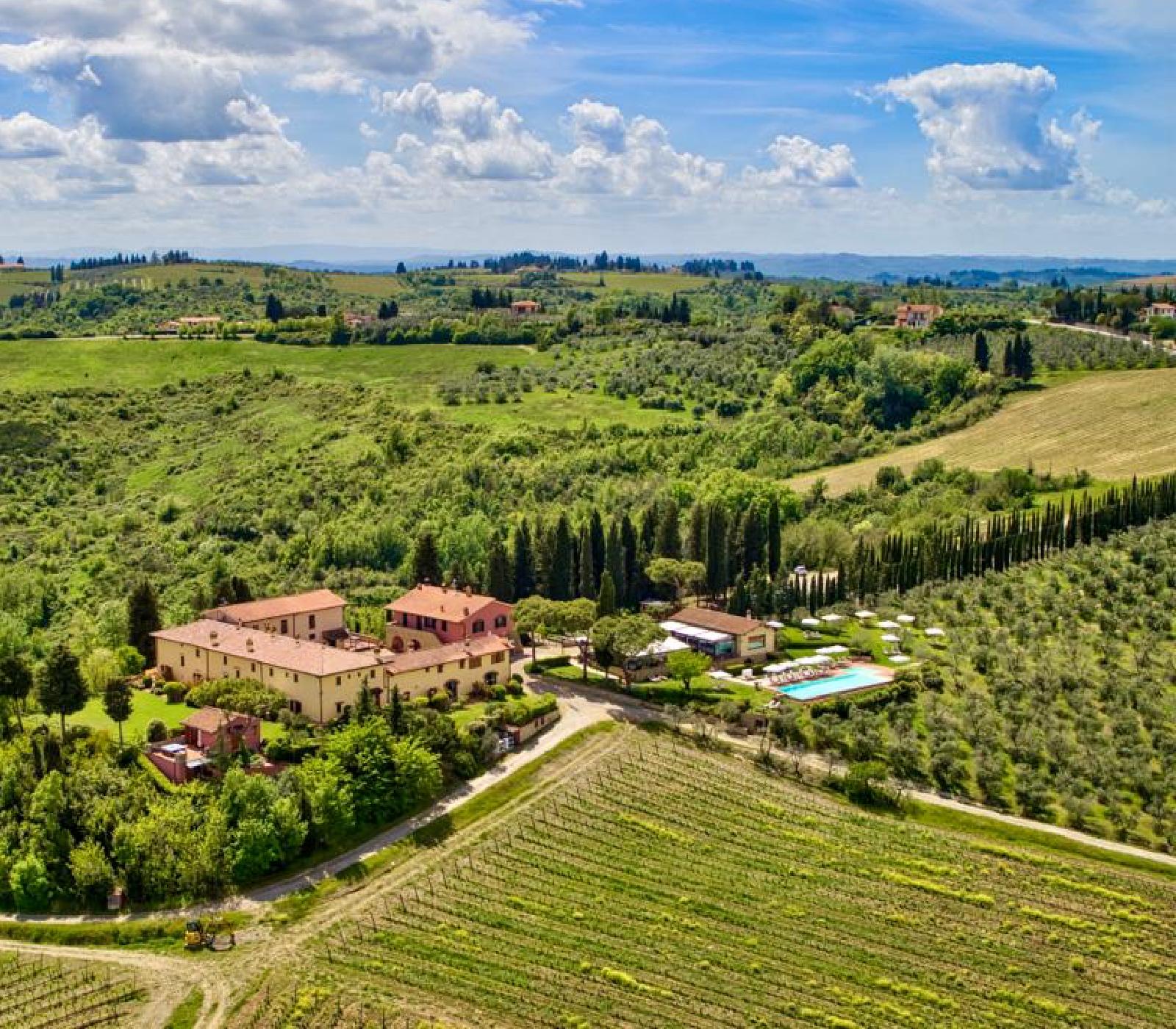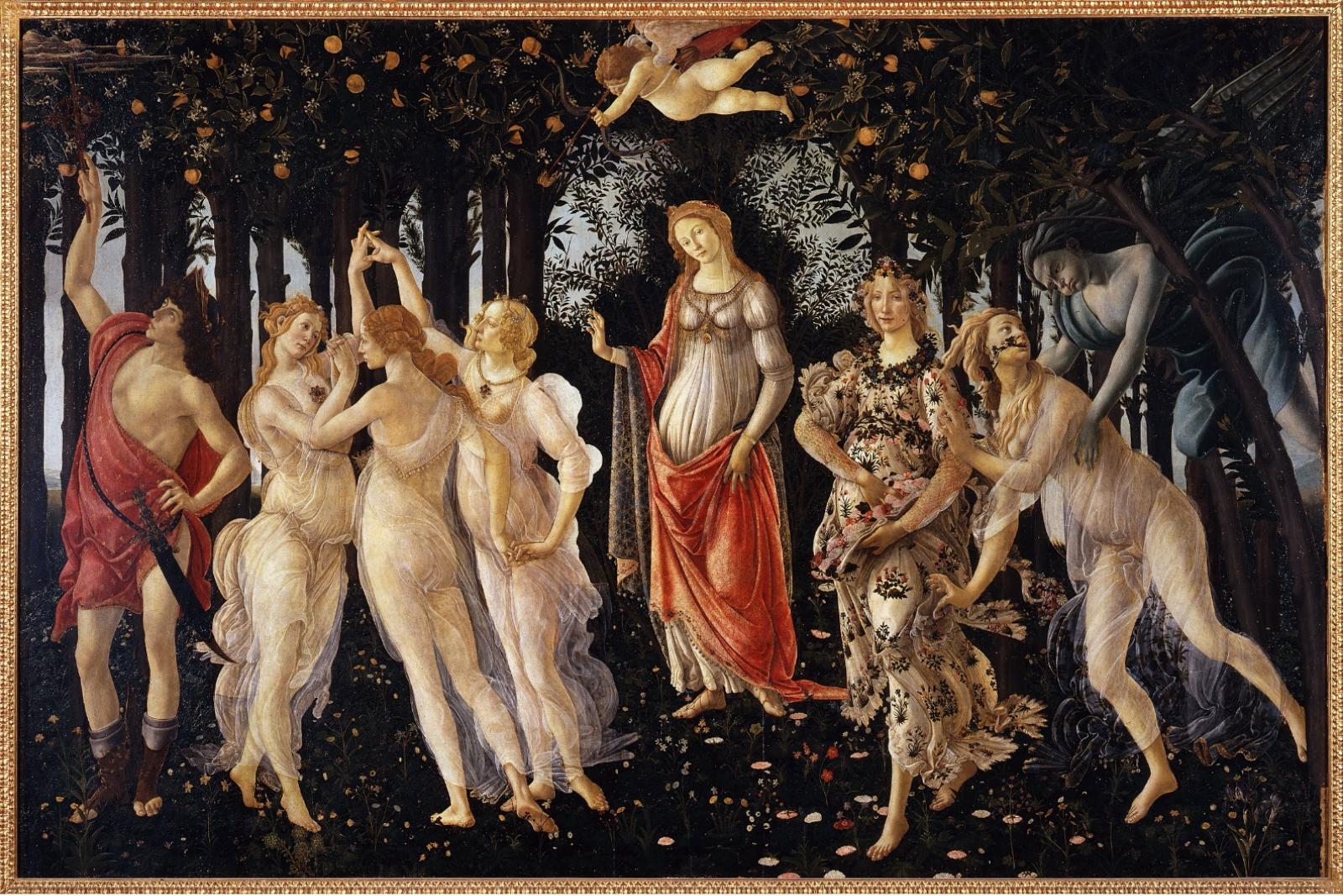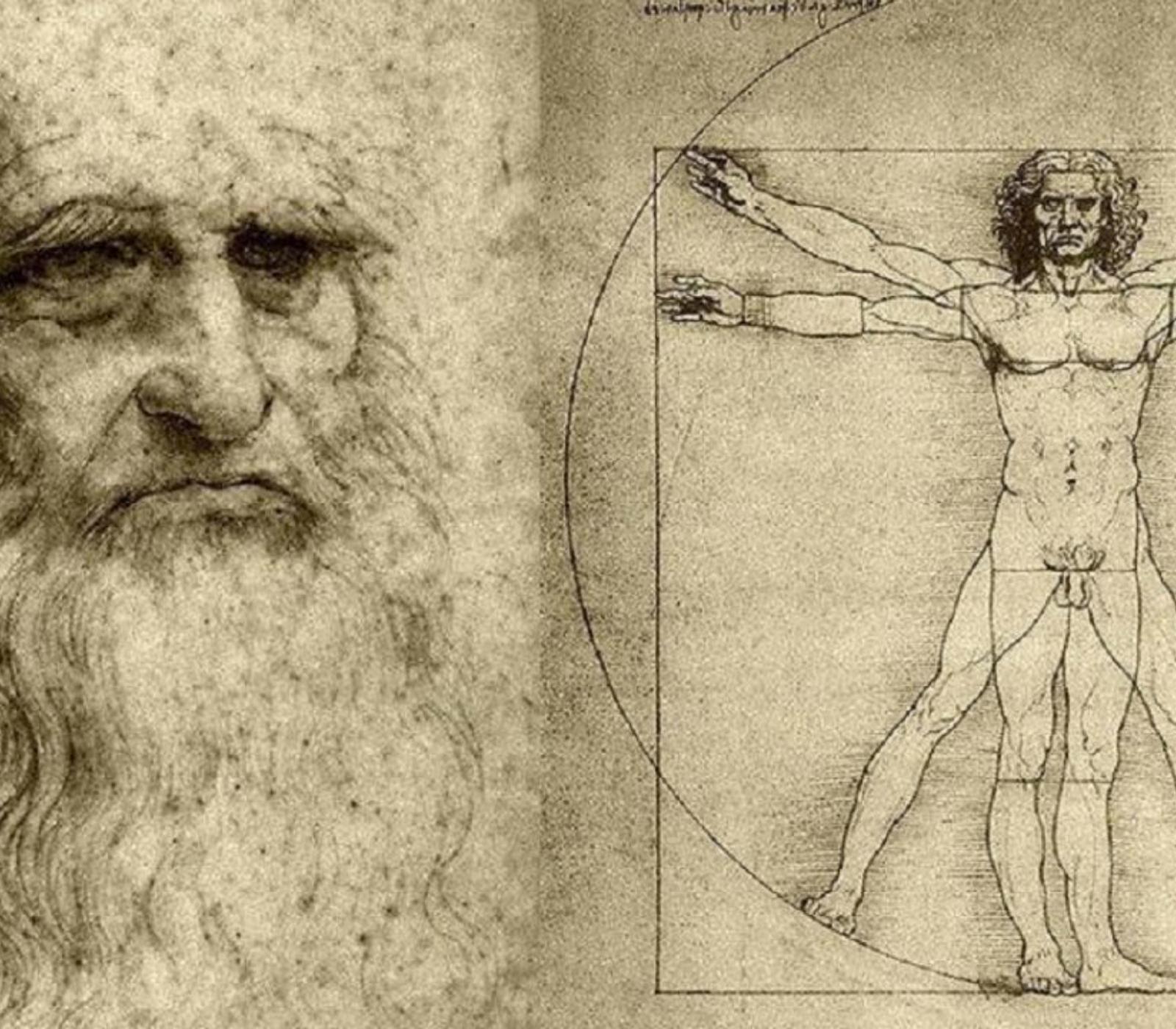Our Borgo in Montespertoli and its historical roots
There are treasures we inherit from the past much more often than we realize. Treasures linked to Tuscan culinary traditions, which find their first response in the love and culture of the territory and its "fruits". This leads us to consider how precious is the choice of sustainable agriculture and a relationship with the landscape that enhances its historical and cultural aspects. A creed, that of Borgo Divino Farmhouse, which respects the divine rhythms of nature.

How we were
The memory of how we were, stopped in a picture, makes us even more appreciate the beauty of sacrifice and the desire to do. Transforming a thing without distorting its shape to bring it back to life and make it enjoyable by anyone who wants it. We are trying to keep alive the atmosphere of those days and the perceptions that derive from them, with the beautiful Florentine countryside that frame this splendid piece of history.
The Castles of Montespertoli
The Montegufoni Castle
Which has the characteristic tower reproduced inspired by the "Arnolfo Tower"
of "Palazzo Vecchio" in Florence, was owned by the Acciaioli family, an important Florentine family
owner of one of the first banks established in Italy in the 13th century.
Sonnino Castle
Formerly called Montespertoli Castle, took its name following its acquisition by Baron Sidney Sonnino,
President of the Council of Ministers and Minister of the Interior of the Kingdom of Italy in the early
twentieth century.
The Poppiano Castle
For nine centuries has been owned by the historic Florentine
Guicciardini family, owners of numerous historic buildings in Florence and from which the famous Lungarno
Guicciardini in Florence takes its name. In the Middle Ages this castle was part of the defense system of
Florence, surrounded by a triple circle of walls.
Our agriculture
Coming to Borgo Divino you'll be cherished by a positive atmosphere rich in history, culture and ancient crafts
knowledge, in fact Frescobaldi family was important for the wheat seeding from where flour is produced in order
to prepare bread and pasta and for wine production.
The Renaissance
In the 16th century, the owner heirs of the Frescobaldi family lost interest and abandoned the village and agricultural activity, preferring Florence and its strong Renaissance. Everything was resumed some time later, and the activities related to viticulture, oenology, olive growing, horticulture and sowing still continue today.
The works
In the early 1900s the castle became a property of the great Baron Sir George Sitwell lover of European culture who began to enrich and embellish the castle with numerous works, so much so that among the numerous artists, he called a very young Pablo Picasso to paint for him. During the Second World War this castle became a refuge for numerous works of art by Giotto, Ghirlandaio, Botticelli, including the very famous “Primavera”.
The Jesuits in Tuscany
At that time in Paris, with Ignatius of Loyola, the Society of Jesus (the Jesuits), a Religious Institute which had an interpretative model of the very pragmatic religion that initially was not considered morally correct, was persecuted. Therefore the Jesuits, who had the need to take refuge in isolated contexts with respect to the cities, so as to be able to carry on their religion, found in Borgo Divino a perfect place to be able to pray and study, besides continuing the agricultural activity.
Leonardo Da Vinci's stay
It is in this period that Leonardo da Vinci, a versatile man because he was an engineer, painter and Italian scientist, still considered one of the greatest geniuses of humanity, performed his experiments and observed nature trying to capture the true essence some things. Intrigued by the Jesuit doctrine, so experiential and pragmatic, just as it was his way of seeing and observing things, Leonardo decided to move from Vinci to Florence by stopping at the Borgo Divino. It was here that thanks to the hilly position he perfected his studies related to the flight and began the first experiments that he then explored in Fiesole, another hilly place near Florence.
Have we made you curious?
Come and visit us!











